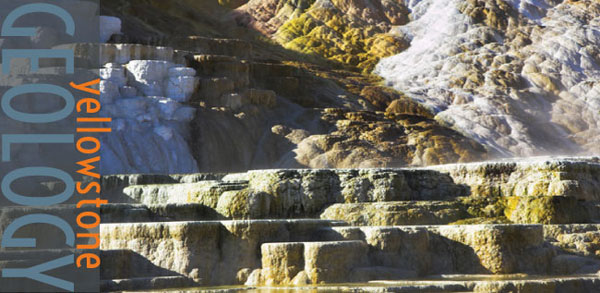
YELLOWSTONE National Park has some of the most unique geology in the world. The Park is situated on top of a hotspot in the mantle of the earth. The hotspot is responsible for the unique features and much of the landscape of Yellowstone.
As the largest volcanic system in North America, the Yellowstone Caldera is known as a “super volcano.” It has erupted several times with cataclysmic power, 640,000 years ago being the most recent. During this eruption, 240 cubic miles of rock and ash was released with a force 1,000 times that of 1980 eruption of Mount St. Helens. Previous to that, it erupted 1.2 and 2.1 million years ago. With each eruption, an enormous amount of ash was deposited across much of North America, falling hundreds of miles away from the eruption. These eruptions likely had a significant impact on weather conditions throughout the world and may have led to the extinction of many North American species.
Yellowstone National Park is home to the most famous geyser in the world, Old Faithful, which is so predictable that the National Park Service has timers indicating when the next eruption will be. There are many other geysers in the Park including the largest active geyser in the world, Steamboat Geyser. The approximately 300 geysers in the Park constitute two-thirds of those in the entire world. There are also at least 10,000 geothermal features in Yellowstone (half of the world’s total).
Yellowstone National Park experiences thousands of earthquakes each year. Virtually all of these are so small that they are undetectable with all but the most sensitive equipment. Notable earthquakes of the past include the 1959 7.5 magnitude one that caused the landslide which led to the formation of Earthquake Lake. In 1975 a 6.1 magnitude earthquake struck resulting in minimal damage. Swarms of thousands of extremely small earthquakes occurring within days of each other are common in Yellowstone Park and at least 70 of these have occurred since 1983.
Despite frequent changes in the geology of the park including earthquakes and media attention surrounding the volcanic state of the Park, experts maintain that there is no risk of a volcanic eruption in the near future. The geology of the park is carefully monitored year round to assure the safety of the public.
